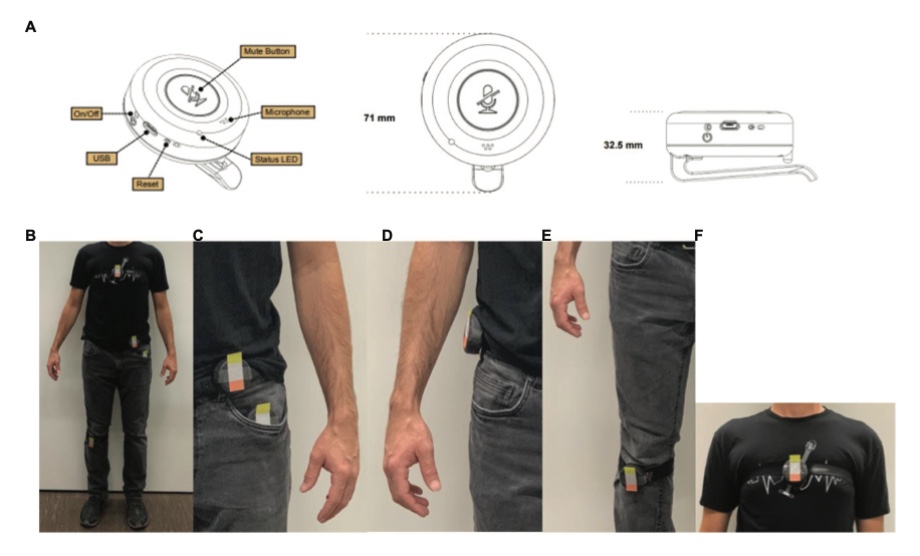New Publication
Assessing the Transferability of Physical Activity Type Detection Models: Influence of Age Group Is Underappreciated
Front. Physiol.,
https://doi.org/

Hoda Allahbakhshi Christina Röcke Robert Weibel
Increasing the amount of physical activity (PA) in older adults that have shifted to a sedentary lifestyle is a determining factor in decreasing health and social costs. It is, therefore, imperative to develop objective methods that accurately detect daily PA types and provide detailed PA guidance for healthy aging. Most of the existing techniques have been applied in the younger generation or validated in the laboratory. To what extent, these methods are transferable to real-life and older adults are a question that this paper aims to answer. Sixty-three participants, including 33 younger and 30 older healthy adults, participated in our study. Each participant wore five devices mounted on the left and right hips, right knee, chest, and left pocket and collected accelerometer and GPS data in both semi-structured and real-life environments. Using this dataset, we developed machine-learning models to detect PA types walking, non-level walking, jogging/running, sitting, standing, and lying. Besides, we examined the accuracy of the models within-and between-age groups applying different scenarios and validation approaches. The within-age models showed convincing classification results. The findings indicate that due to age-related behavioral differences, there are more confusion errors between walking, non-level walking, and running in older adults’ results. Using semi-structured training data, the younger adults’ models outperformed older adults’ models. However, using real-life training data alone or in combination with semi-structured data generated better results for older adults who had high real-life data quality. Assessing the transferability of the models to older adults showed that the models trained with younger adults’ data were only weakly transferable. However, training the models with a combined dataset of both age groups led to reliable transferability of results to the data of the older subgroup. We show that age-related behavioral differences can alter the PA classification performance. We demonstrate that PA type detection models that rely on combined datasets of young and older adults are strongly transferable to real-life and older adults’ data. Our results yield significant time and cost savings for future PA studies by reducing the overall volume of training data required.